Saturday, May 13, 2006
Taj Mahal or Tejo Mahalaya.....
I am not judgmental, nor do I have any misconceptions about me being an evangelist of the lost pride. Neither do I carry any hate agenda. Yet, as a citizen of a liberated country I believe the truth should not be hidden, if it exists.
All of us know about The Taj, this piece of architectural excellence has been inscribed in the World Heritage List . It is known as the Mausoleum of Mumtaz Mahal to the world, Indian Government too promotes it as ShahJahan's ode to Mumtaz Mahal Link 1 and Link 2
But there is a missing link in the history of The Taj. I have come across some articles that claim Taj Mahal as exactly not built by ShahJahan and that its construction predates the rule of ShahJahan. Here it is claimed that Taj is not Mumtaz's tomb but an ancient Hindu temple palace of Lord Shiva (then known as Tejo Mahalaya). This architecture then known as Tejo Mahalaya was usurped by ShahJahan from Maharaja of Jaipur, Jai Singh. In his book Taj Mahal: The True Story (ISBN: 0-9611614-4-2), Prof P N Oak, claims that ShahJahan admitted in Badshahnama to have taken an exceptionally beautiful grand mansion in Agra from Jai Singh for Mumtaz's burial.
Prof Oak has further gone down to assert that linking Taj Mahal to Mumtaz Mahal is illogical on two counts; first her name was not Mumtaz Mahal but Mumtaz-ul-Zamani, second observation though it is less palatable to me claims that "one cannot omit the first three letters 'Mum' from a woman's name to derive the remainder as the name for the building- Taj Mahal". A more believable argument that follows is that the term "Mahal" has never been used for a building in any Muslim countries from Afghanistan to Algeria.
Further, scientific claims like carbon dating of the riverside doorway of the Taj by Prof Marvin Miller of New York revealed that the door was 300 years older than Shah Jahan.
Writings of travelers like Johan Albert Mandelso and Peter Mundy who visited Agra in 1638 and 1632 respectively. Mandelso made no reference to Taj and Mundy's writing suggest Taj as a noteworthy building well before ShahJahan's time. Mumtaz Mahal died in 1631.
To me this was being too credulous, but what follows now is something that will for sure render any reader to doubt the Taj as Mughal architecture.
In his website Stephen Knapp has gone down to prove that Taj Mahal was infact something more than a mausoleum and it for sure has visible Hindu (I would prefer Indian for Hindu) architectural influences.
All of us know about The Taj, this piece of architectural excellence has been inscribed in the World Heritage List . It is known as the Mausoleum of Mumtaz Mahal to the world, Indian Government too promotes it as ShahJahan's ode to Mumtaz Mahal Link 1 and Link 2
But there is a missing link in the history of The Taj. I have come across some articles that claim Taj Mahal as exactly not built by ShahJahan and that its construction predates the rule of ShahJahan. Here it is claimed that Taj is not Mumtaz's tomb but an ancient Hindu temple palace of Lord Shiva (then known as Tejo Mahalaya). This architecture then known as Tejo Mahalaya was usurped by ShahJahan from Maharaja of Jaipur, Jai Singh. In his book Taj Mahal: The True Story (ISBN: 0-9611614-4-2), Prof P N Oak, claims that ShahJahan admitted in Badshahnama to have taken an exceptionally beautiful grand mansion in Agra from Jai Singh for Mumtaz's burial.
Prof Oak has further gone down to assert that linking Taj Mahal to Mumtaz Mahal is illogical on two counts; first her name was not Mumtaz Mahal but Mumtaz-ul-Zamani, second observation though it is less palatable to me claims that "one cannot omit the first three letters 'Mum' from a woman's name to derive the remainder as the name for the building- Taj Mahal". A more believable argument that follows is that the term "Mahal" has never been used for a building in any Muslim countries from Afghanistan to Algeria.
Further, scientific claims like carbon dating of the riverside doorway of the Taj by Prof Marvin Miller of New York revealed that the door was 300 years older than Shah Jahan.
Writings of travelers like Johan Albert Mandelso and Peter Mundy who visited Agra in 1638 and 1632 respectively. Mandelso made no reference to Taj and Mundy's writing suggest Taj as a noteworthy building well before ShahJahan's time. Mumtaz Mahal died in 1631.
To me this was being too credulous, but what follows now is something that will for sure render any reader to doubt the Taj as Mughal architecture.
In his website Stephen Knapp has gone down to prove that Taj Mahal was infact something more than a mausoleum and it for sure has visible Hindu (I would prefer Indian for Hindu) architectural influences.
The first thing worth notice is the two flanking identical building on the either side of the main building. Only one these are a mosque, the real catch is that the direction of the mosque does not point towards Mecca as opposed to most mosques which are designed to face the Mecca.
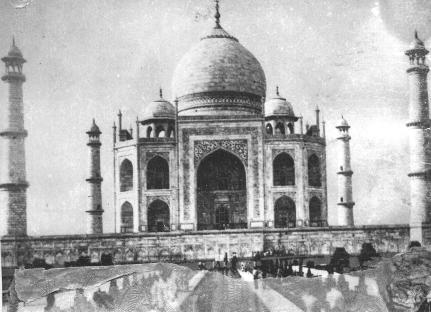
The second important thing, the architecture of the Taj has prevalent Hindu Influences. The frontal view of the Taj is octagonal, Hindus believe in 10 directions, the pinnacle pointing to the heaven and the foundation points to the nether world. The 8 surface directions make it a total of 10 directions claimed to hold sway on Divinity and Royalty.
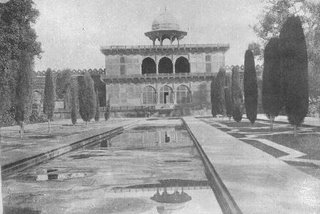 The image to the right is the Naqqar Khana or the Music House. Close by stands a mosque; the proximity of a mosque to the Music House is incongruous with Muslim tradition. If Taj is a Mausoleum, then it definitely needs silence. A Music House close in a mausoleum makes it inconsistent with the architecture.
The image to the right is the Naqqar Khana or the Music House. Close by stands a mosque; the proximity of a mosque to the Music House is incongruous with Muslim tradition. If Taj is a Mausoleum, then it definitely needs silence. A Music House close in a mausoleum makes it inconsistent with the architecture.
 Embossed designs of this blooming 'OM' is drawn over the exterior of the octagonal central sanctorum of Shiva where now a fake grave in Mumtaz's has been planted. While perambulating around the central chamber one may see such 'OM'.
Embossed designs of this blooming 'OM' is drawn over the exterior of the octagonal central sanctorum of Shiva where now a fake grave in Mumtaz's has been planted. While perambulating around the central chamber one may see such 'OM'. These are only few things that I feel are pertinent enough to share. All this and more can be found here, Itihas Patrika, Marvin Mills, Prof P N Oak, Badshahnama references page and BBC's view.
I am not a religious zealot; I don't feel in disputing the views as expressed by the history and those by these articles. The reason I wish to share is to an extent ideological. The figure below shows the share of the top ten states in Domestic Tourism.Clearly, the state of Uttar Pradesh is at the peak, it accounts for 24.4% of the total revenue generated from domestic tourism. It does not take much guessing that most of these tourists definitely would have gone for The Taj.
My point is these tourists come to visit Taj Mahal as an edifice of Immortal Love, but somewhere there also is story that also speaks for itself. There is truth, even if it is not widely accepted or that has to be proven in a more elaborate and scientific manner. This reality, if it can be said so, should also be open for the general public.
Indian culture is known for being a potpourri of diverse influences which to an extent live in close harmony with each other. Any sane individual in my view should willingly honour the diversity of views.
My point is these tourists come to visit Taj Mahal as an edifice of Immortal Love, but somewhere there also is story that also speaks for itself. There is truth, even if it is not widely accepted or that has to be proven in a more elaborate and scientific manner. This reality, if it can be said so, should also be open for the general public.
Indian culture is known for being a potpourri of diverse influences which to an extent live in close harmony with each other. Any sane individual in my view should willingly honour the diversity of views.
Image Courtesy: Stephen Knapp and Ministry of Tourism

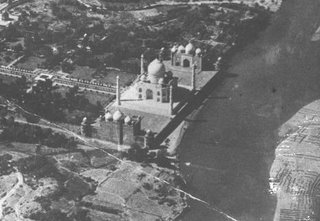
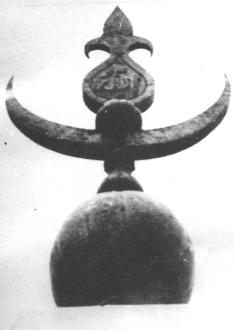
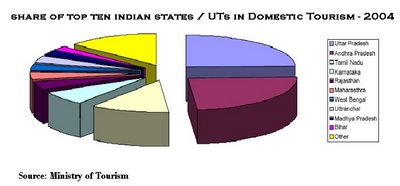
No comments yet